Contact Us
Maximizing Efficiency: The Essential Guide to Choosing the Right Liquid Propane Pump for Your Needs
In today's rapidly evolving industrial landscape, the importance of selecting the right liquid propane pump cannot be overstated. According to a recent market research report by Grand View Research, the global liquid propane market is expected to reach $200 billion by 2028, indicating a robust demand for efficient handling solutions. As businesses strive to optimize operations and enhance productivity, the choice of a liquid propane pump becomes pivotal. The right pump not only ensures effective transfer and management of propane but also contributes to safety and compliance in diverse applications. With the intricate nature of liquid propane systems and varying operational requirements, understanding the key attributes of liquid propane pumps is critical for making informed decisions that maximize efficiency and minimize costs.
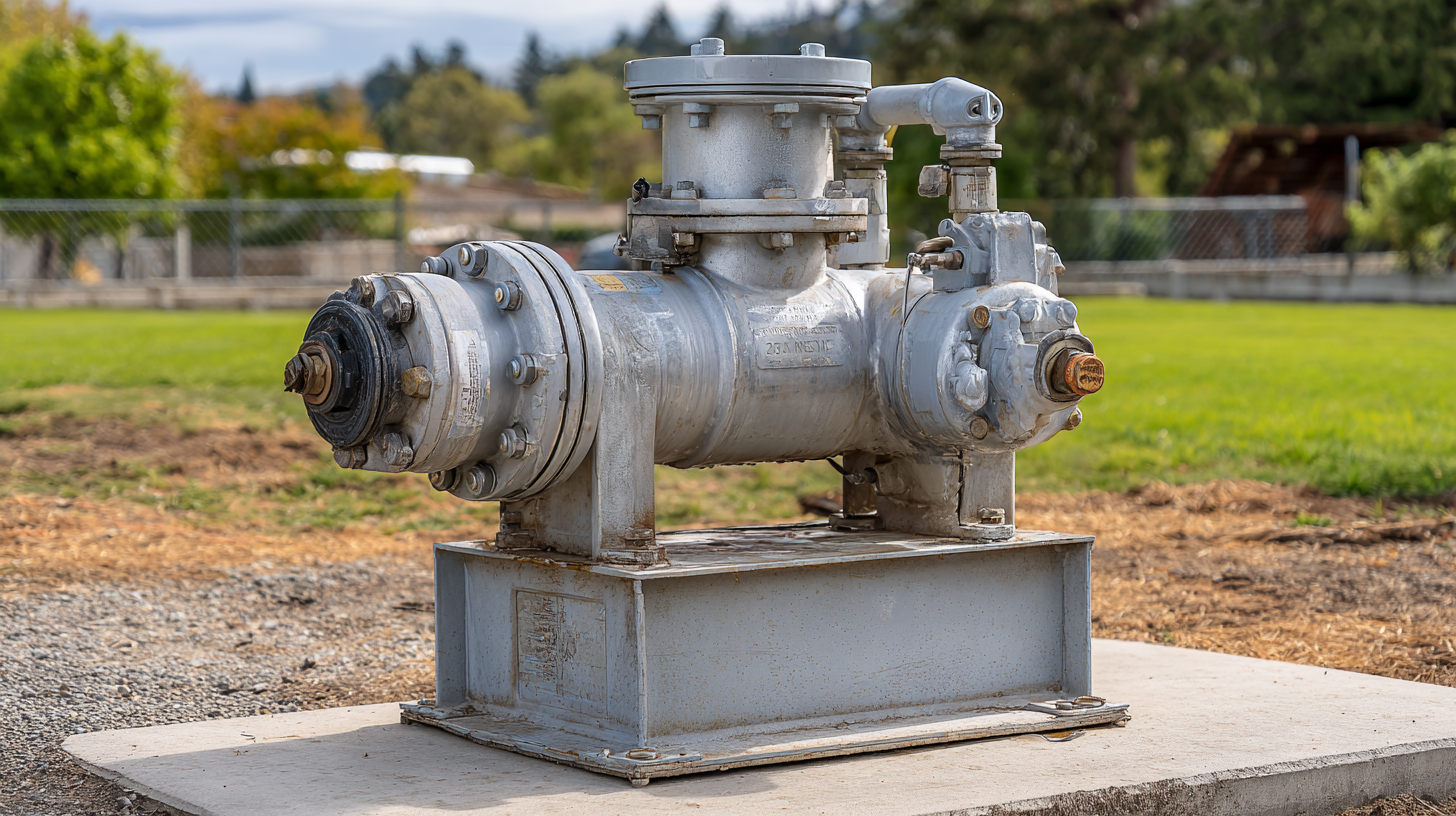
Understanding Liquid Propane Pumps: Types and Applications
When choosing a liquid propane pump, it’s crucial to understand the various types and their specific applications. Primarily, there are three types of liquid propane pumps: centrifugal, diaphragm, and vane pumps.
 Centrifugal pumps are typically used for transferring large volumes of propane quickly and efficiently, making them ideal for storage tanks and gas distribution facilities. They work based on centrifugal force and are suitable for continuous operation in commercial settings.
Centrifugal pumps are typically used for transferring large volumes of propane quickly and efficiently, making them ideal for storage tanks and gas distribution facilities. They work based on centrifugal force and are suitable for continuous operation in commercial settings.
Diaphragm pumps, on the other hand, are favored for their versatility and ability to handle liquids with varying viscosities. They are often employed in applications where precise flow control is necessary, such as in the agricultural sector for fueling tractors and equipment.
Vane pumps, characterized by their ability to offer steady flow and pressure, are commonly used in residential applications as well as in small businesses looking for a reliable pump option for propane transfer and refueling. Understanding these types helps in selecting the right pump tailored to specific operational needs, ensuring both efficiency and safety in handling liquid propane.
Key Factors to Consider When Selecting a Liquid Propane Pump
When selecting a liquid propane pump, several key factors come into play to ensure that you maximize efficiency and meet your specific needs. First and foremost, consider the pump's flow rate. Different applications require different rates, so it’s critical to examine how quickly you need to transfer propane. Pumps are available in various sizes and capacities, which directly affects their performance. Choosing a pump that matches your flow rate requirements can enhance productivity and reduce the time spent on transfers.
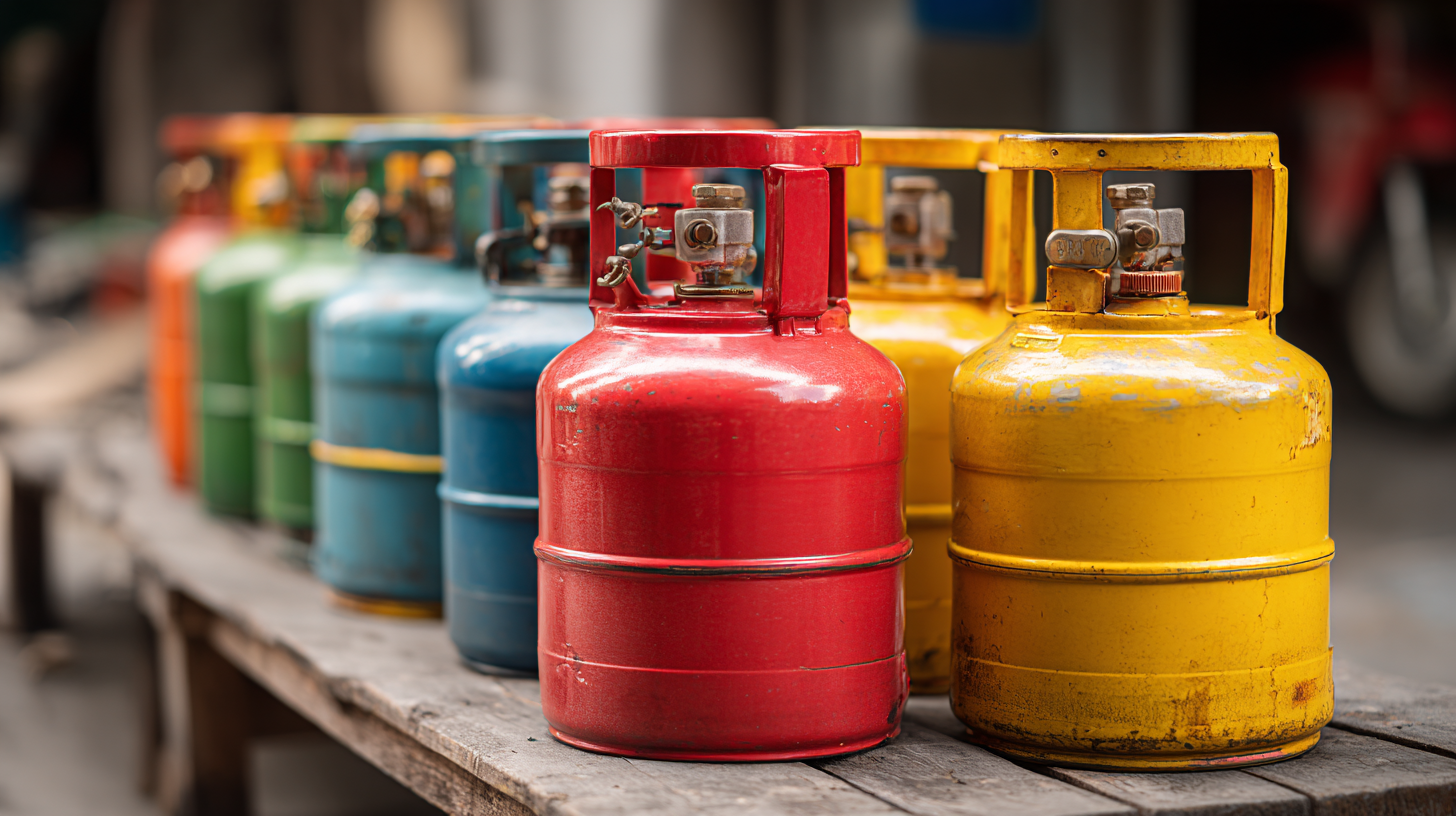
Another crucial consideration is the pump's durability and material construction. Liquid propane is a volatile substance, and it’s essential to select a pump made from materials that can withstand corrosion and wear. Look for pumps constructed of high-quality metals or those with protective coatings. Additionally, the pump's ease of maintenance should not be overlooked. A design that allows for quick access to components can facilitate regular upkeep and ensure longevity, thereby optimizing your investment. By prioritizing these factors, you can choose a pump that effectively aligns with your operational requirements.
Evaluating Pump Performance: Flow Rate, Pressure, and Efficiency
When selecting a liquid propane pump, evaluating its performance based on flow rate, pressure, and efficiency is crucial. The flow rate, measured in gallons per minute (GPM), indicates how much propane can be dispensed in a given timeframe. A higher flow rate can significantly reduce downtime during fueling operations, making it a critical factor for businesses that require swift service.
Pressure is another vital aspect to consider, as it influences the pump’s ability to deliver liquid propane efficiently and safely. Ensure that the pump can sustain the necessary pressure levels compatible with your system requirements. Insufficient pressure may lead to performance issues and could potentially pose safety risks.
Tips: Always assess your system's specific flow rate and pressure requirements before making a purchase. It's also advisable to look for models that offer adjustable pressure settings, providing you with greater versatility in different operating conditions. Additionally, check for energy efficiency ratings, as pumps designed for maximum efficiency can save you money on operational costs over time.
Maintenance Tips for Prolonging the Life of Your Propane Pump
Maintaining the efficiency of your liquid propane pump is crucial for ensuring its longevity and optimal performance. A recent industry report indicated that improper maintenance can decrease a pump's lifespan by up to 30%. Regularly checking and replacing filters is one of the most effective ways to extend the life of your pump. Filters prevent debris from entering the system, which can cause significant wear and tear. It's recommended to inspect and replace filters every 250 operating hours or as specified by the manufacturer, depending on the operating environment.
In addition to filter maintenance, lubricating the pump's moving parts is essential. According to the National Propane Gas Association, lubricating pumps can minimize friction, reducing energy consumption by up to 20%. It's important to use the manufacturer-recommended lubricants and follow the recommended lubrication schedule. Additionally, ensuring that all connections are secure and leak-free not only promotes safety but also enhances efficiency. A well-maintained propane pump not only boosts productivity but also ensures compliance with industry standards, making regular upkeep an essential practice for any operator.
Best Practices for Safe Operation of Liquid Propane Pumps
When operating liquid propane pumps, adherence to safety protocols is paramount. The Environmental Protection Agency (EPA) has recently emphasized the importance of licensing LPG pump attendants as part of a broader safety initiative, underscoring the need for trained professionals in this field. This is particularly critical as the safe distribution and handling of liquefied petroleum gas (LPG) play a vital role in preventing accidents and ensuring operational efficiency. The best practices for the safe operation of liquid propane pumps include regular training for operators, comprehensive risk assessments, and the implementation of robust emergency response plans.
Moreover, industry data indicates that approximately 70% of LPG accidents can be traced back to human error that could be mitigated through proper training and safety education. Incorporating advanced technologies like artificial intelligence (AI) for safety management is also gaining traction, as these systems can enhance monitoring and alertness, reduce the chances of oversight, and prompt timely interventions when potential hazards are detected. As the liquefied petroleum gas market evolves, prioritizing knowledge-based safety management not only protects personnel but also secures the integrity of the propane supply chain.
Maximizing Efficiency: The Essential Guide to Choosing the Right Liquid Propane Pump for Your Needs
| Pump Type | Flow Rate (GPH) | Max Pressure (PSI) | Power Source | Weight (lbs) | Safety Features |
|---|---|---|---|---|---|
| Diaphragm Pump | 25 | 60 | Electric | 40 | Overpressure Valve |
| Gear Pump | 30 | 100 | Gas | 50 | Automatic Shut-off |
| Centrifugal Pump | 40 | 80 | Electric | 35 | Fire Suppressant |
| Rotary Vane Pump | 20 | 120 | Gas | 60 | Leak Detection |
| Peristaltic Pump | 15 | 50 | Electric | 30 | Manual Override |
Related Posts
-
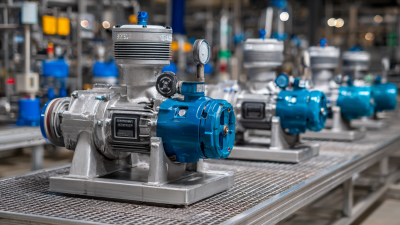
Understanding the Efficiency of High Pressure Centrifugal Pumps in Industrial Applications
-
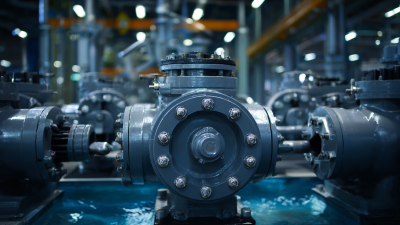
Understanding the Mechanisms and Applications of High Head Pumps in Modern Industry
-
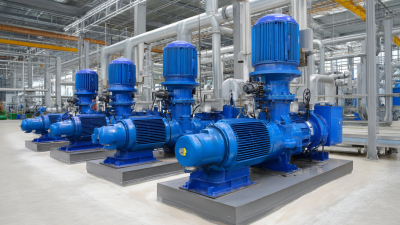
Maximizing Efficiency: The Ultimate Guide to Choosing the Right Vertical Centrifugal Pump for Your Needs
-

Unlocking the Power: How High Pressure Pumps for Water Revolutionize Industrial Applications
-

The Future of Industrial Centrifugal Pumps Innovations and Trends You Need to Know
-

The Essential Guide to Choosing the Right Boiler Condensate Pump for Your Home
